What is GMO? A Farmer Answers
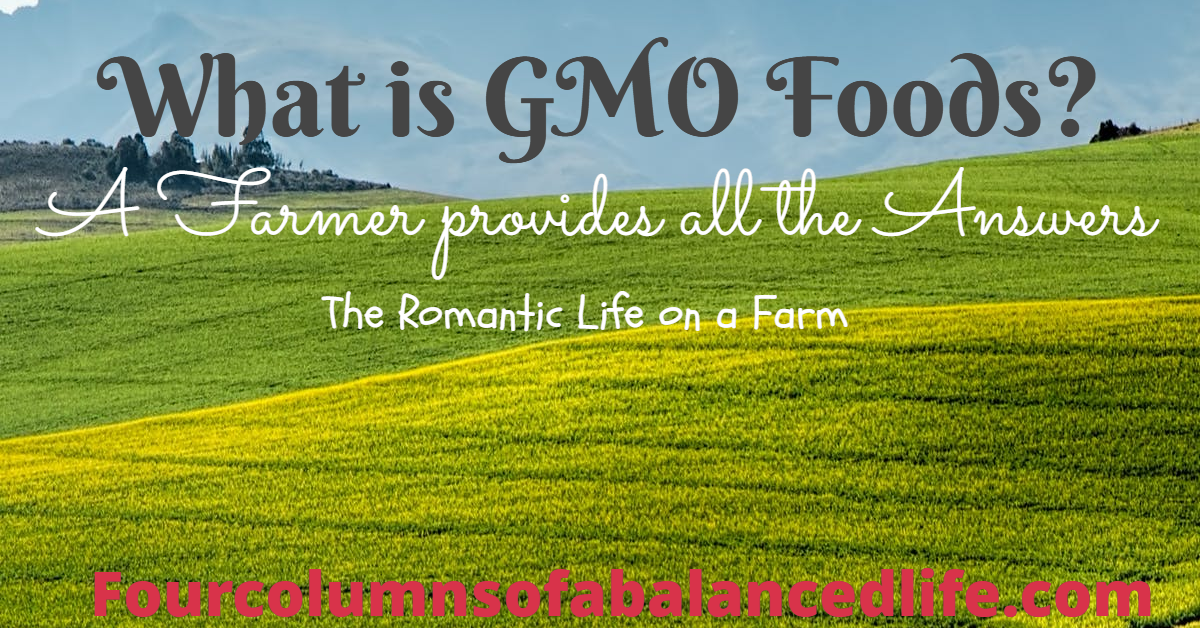
Amanda Griesbaum is the creator of Following Isidore, where she writes about the Catholic faith, rural life, and recipes from her grannie. She believes the best way to live out God’s two greatest commandments: Love Him and Love your Neighbor, is to learn, practice, and share your faith and do it all with good food! She has not had a neighbor turn away brownies or good conversation.
She was born and raised Buckeye making a home in the Show-Me-State. She moved from one Midwest state, Ohio, to another, Missouri, where her husband is originally from. She has three kids, two cats, two dogs, and whatever creatures she happens to acquire. Amanda and her husband are starting their own branch of the family farm while they both teach high school. He is a former Science teacher turned Ag teacher and she is a former Ag teacher turned Science teacher.
In the first part of the interview, we talk about living out the Catholic faith and what that entails, the beliefs, rituals, and dogmas of the Catholic faith, life as a farmer, marriage, and motherhood. In the second part, we talk about life on the farm, genetic engineering, GMO foods, transgenic organism, genetic modification, and what questions she has when she goes to heaven.
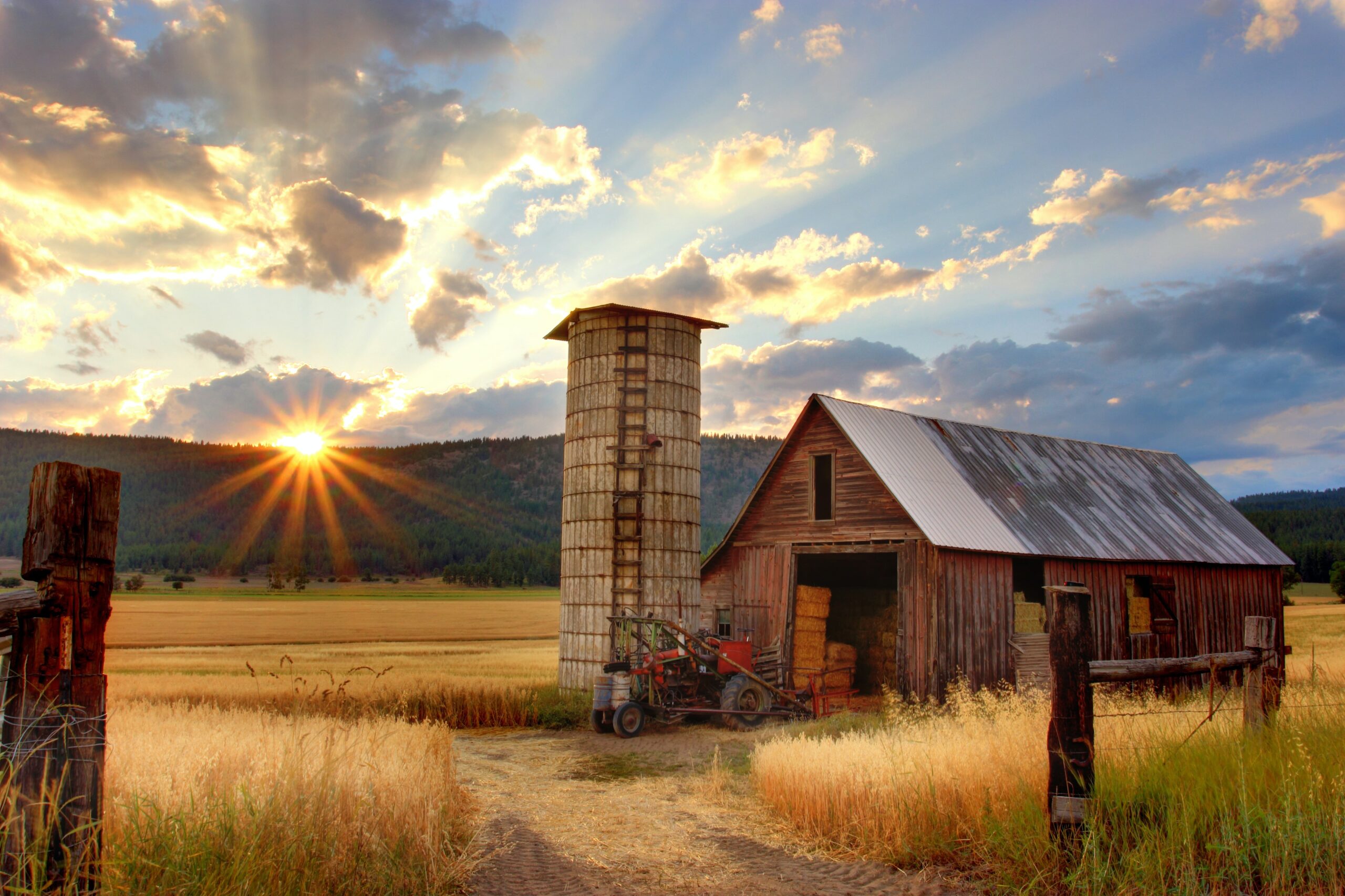
Amanda, there are times in life we want to be somewhere and we realize we are somewhere else. Can you relate to this situation?
I can relate to this statement several times over and in so many ways.
There are always places in life that I feel I should be and God is like – ‘Nope, not in my plan’.
At one point I was in my dream teaching position. When barely out of the first quarter of my fourth year at this school, the Superintendent tells me the board doesn’t want to re-hire me. The joys of being non-tenure. So I fought it. I worked with the community, my teacher’s organization, the state, my mentors, and presented to the board my self. It all still came to a ‘No’.
I won’t go into it here but it was a traumatizing experience and I still struggle with that rejection.
But, it wasn’t where I was supposed to be.
God needed me elsewhere. And that elsewhere was with my husband.
That summer was the summer my father-in-law was killed.
If the board had renewed me, I would have been in a 12-month teaching contract. That would have meant working through the summer instead of being with my husband and our family.
I wouldn’t have applied for and received a teaching job at the same high school as my husband where we could support each other.
I wouldn’t have been where I needed to be.
He had a plan.
I am still learning to trust and follow that ‘He has a plan’ because it is hard! It’s not my plan. I can’t see how it will work out. It didn’t come from my brain and get written down in multiple colors of Flair pen in my notebook AND planner. But I choose to trust and have hope anyway.
Even now, as I venture into writing, I feel like I should be farther along. More successful (whatever that looks like). Again, I am not where I think I should be.
But, again, it is where I am supposed to be.
I have hope that it will work and I have a plan to get there. So, for now, I will attempt to be patient, continue to learn, and take steps toward where I want to be.
I know God will switch things up if He needs to to make sure I stay His course…

There is a certain romantic charm about rural life. Can you relate?
Yes!
The ideas of open spaces, red barns, cattle, homemade pie, watching sunsets from the porch. It is a very pretty picture and I get to see it every day. Calming and slow.
It is a romantic life. But not because it is pictured like the cover of a ‘Farmhouse Chic’ type magazine.
I love the work and dedication that it takes to pursue farming. Nothing is more romantic to me than living a life knowing you have someone beside you who is willing to work through the hard things. That they will lead your family in the life you chose and will teach that same love and faith to others.
The view and smelling like a tractor is a bonus.
For the more traditional romantic rural life, I will say the type of time rural life affords, that slower pace, is worth everything else that comes with farm life. It is a slower pace – you earned that time on the porch and are determined to enjoy it. You choose to slow down and just sit in awe of God’s creation and your role in it is humbling and comforting.
I love this life and I find it terribly romantic.
However, If you want the real romantic farm life, you are going to have to work for it.
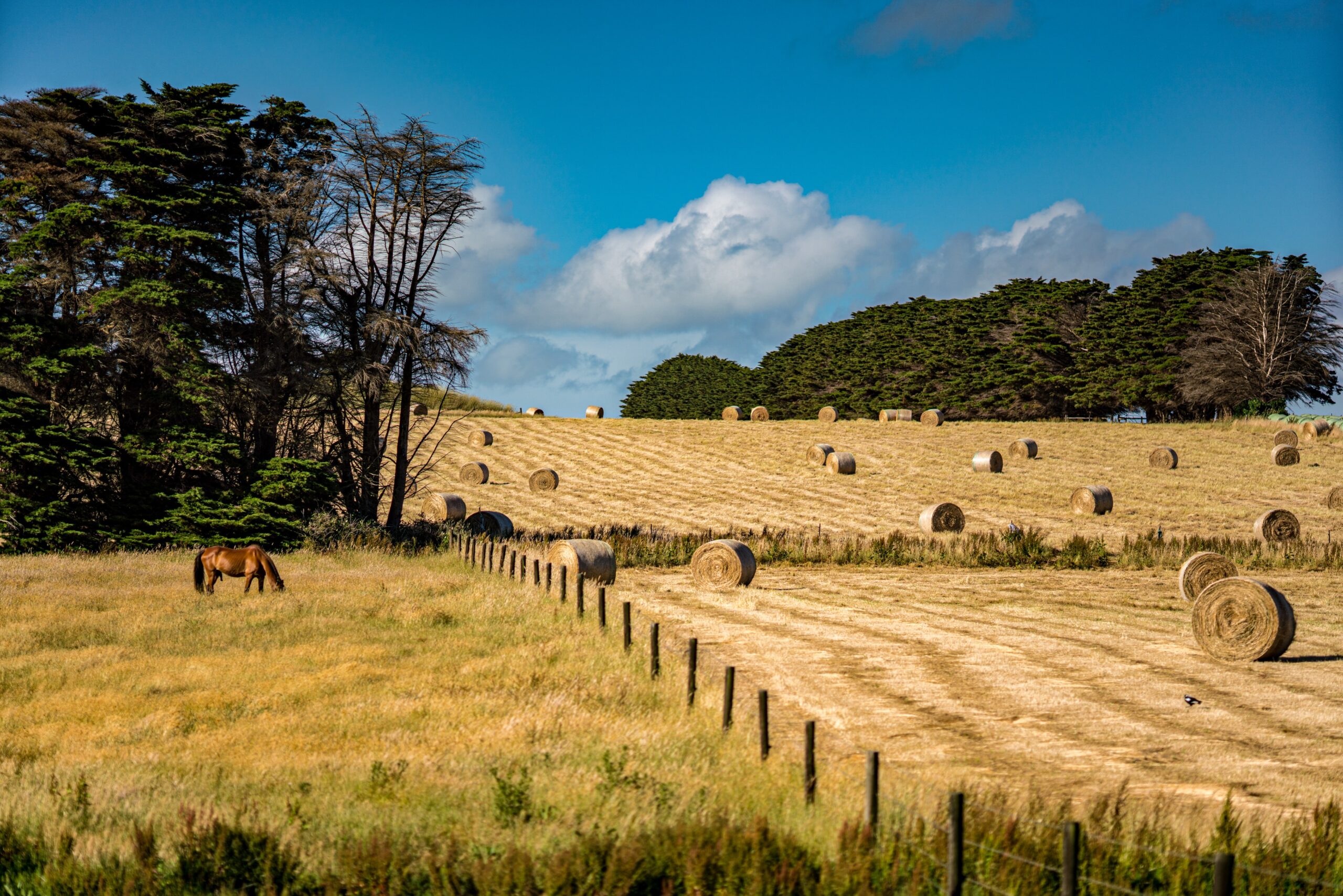
There is a lot of talk towards the future belonging to vegans and away from GMO food and genetic engineering. Any comments?
I am the person in the grocery store who will say, possibly too loudly, ‘WHY IS THIS LABELED ‘NON-GMO’, it DOESN’T even have a GMO crop in it!!!???’
Let me explain my grocery store rant:
Time for class!
To start with everything is genetically modified. You are not an exact copy of someone, you are a result of breeding and the combination of DNA. Your Golden Retriever is not a wolf, it is the result of breeding for specific traits. The corn we grow today is not the original Teosinte but a genetically modified version through breeding.
The ancestor of modern corn, Teosinte, compared to Modern Maize. We came a long way through breeding.
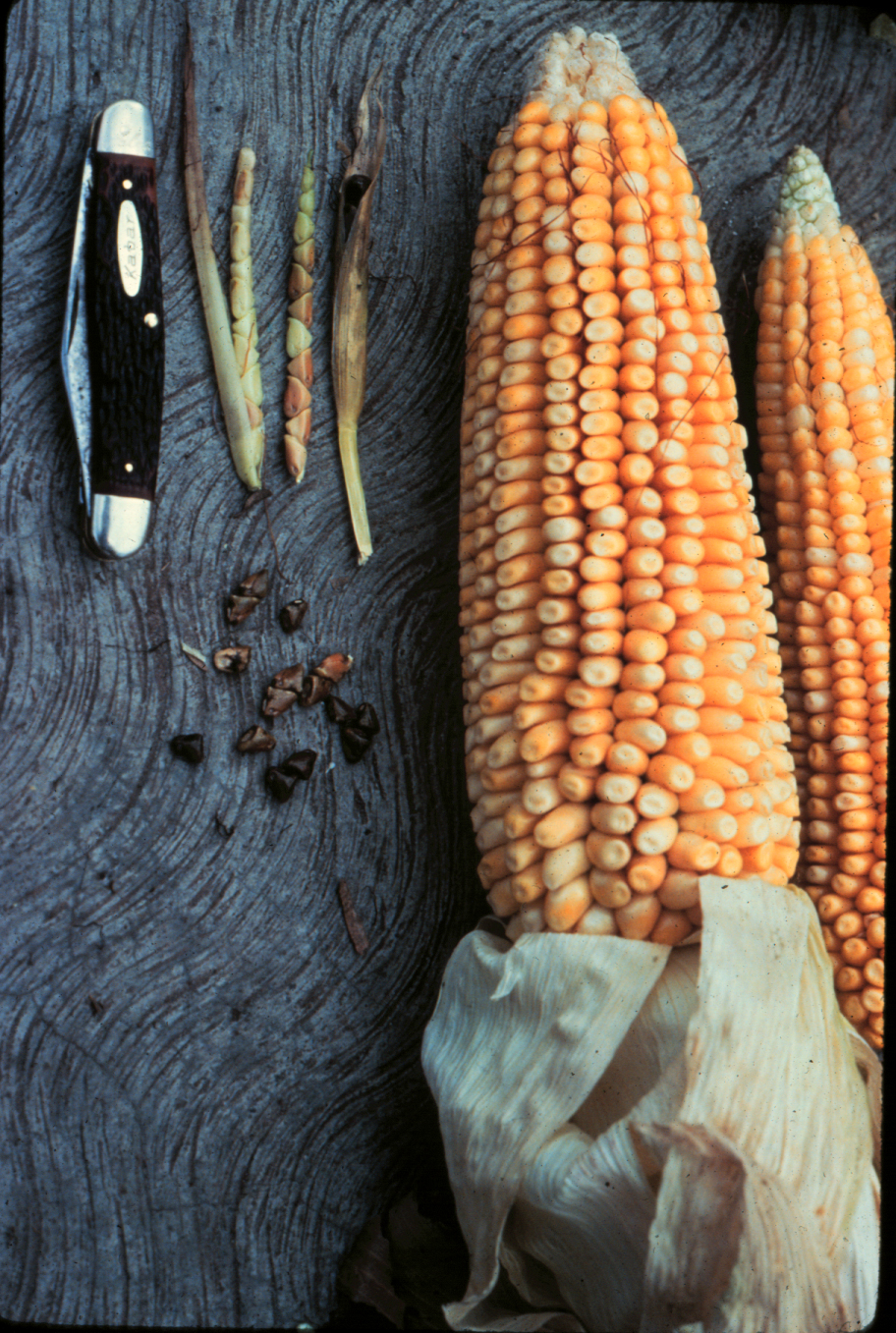
Genetic modification is not new to us when it comes to agriculture. We have been doing it since we started the domestication of plants and animals.
Now, let’s define specifically a ‘GMO’. GMO is an acronym for ‘Genetically Modified Organism’.
It is a living organism (plant, fungi, or bacteria) that, through genetic engineering (GE) – not breeding, has had its genetic code changed in some way.
Sounds scary, but give me a minute and I will break that down.
Currently, the only approved GMO crop/fish in the United States are corn, soybeans, cotton, sugar beets, papaya, a few varieties of apples, potatoes, summer squash, canola, alfalfa, ‘AquAdvantage Salmon’, which is not widely raised/market,
Other GMO products:
- Medication: The process that is used to make GMO products, Genetic Engineering, was first used to produce insulin, a medication used in the treatment of diabetes.
I would love to explain the whole process – it was one of my favorite lessons to teach -, it is so cool! But that would take more space and time than you are willing to read. If you would like to know more, Purdue University and the Food, and Drug Administration have great straightforward explanations of the process. They also have further answers to other questions associated with the GMO discussion.
If you would like to perform your own experiment on DNA extraction give this Strawberry DNA experiment a try. My high school kids loved it.
In that same spirit of performing DNA experiments with high school students. Genetics, Genetic Engineering, Genetic Modification, doesn’t have to be scary or intimidating.
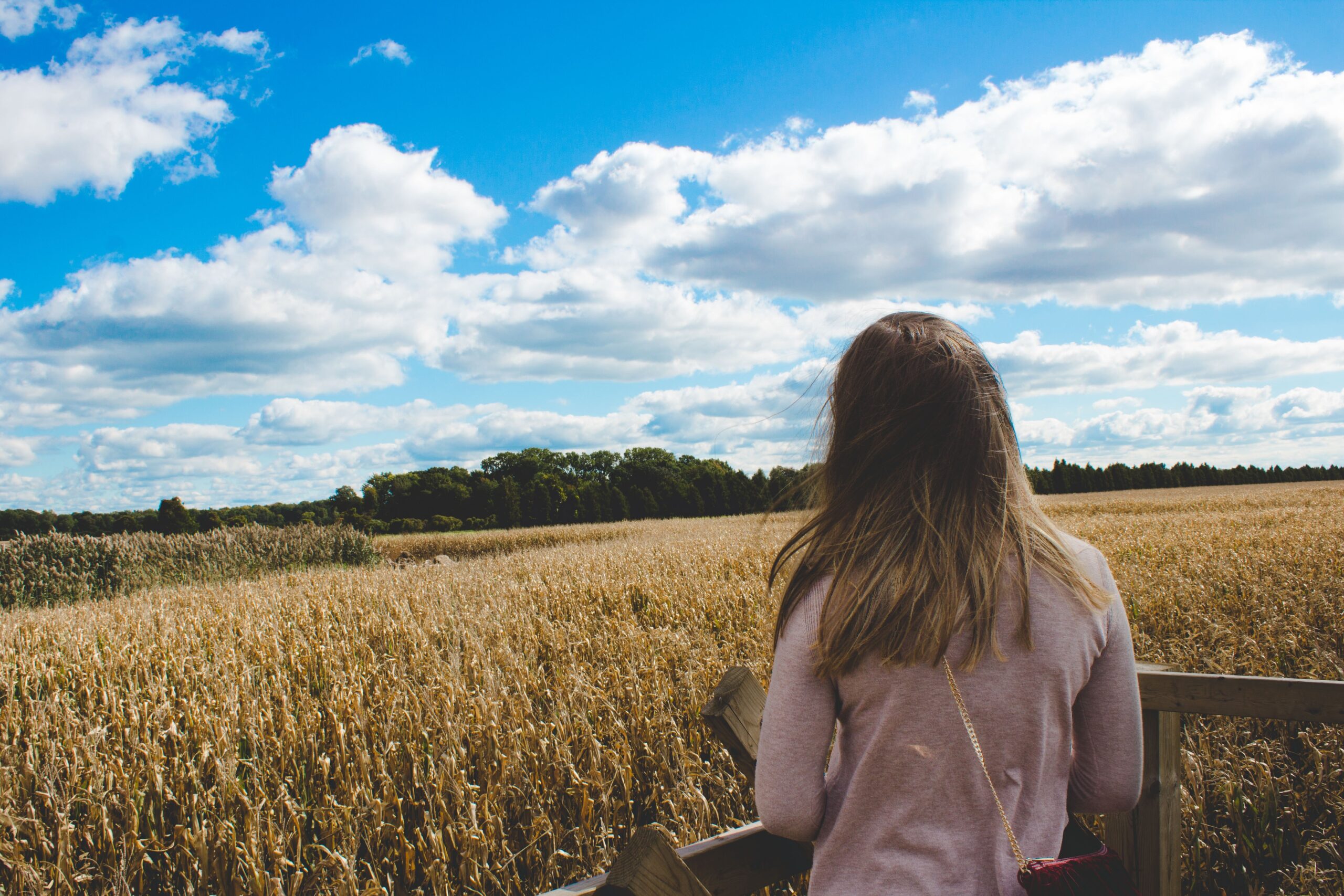
When it comes to genetically engineering (GE) a crop, it is not taking Every.Single.Thing.Out of the sequence and inserting a random replacement.
It is a very targeted process that focuses on 1-2 genes. Since corn is the most widely used GMO, let’s use it as an example.
Corn has 32,000 genes, more than humans (we sit somewhere between 20K-25K), again, when we engineer we are only looking at 1-2 genes. So, at max, .00006% of the genome.
Because we only target 1-2 genes in GE, we are also only adding 1-2 very specific traits into the crop. With corn, what was targeted was the corn’s ability to deter insects from eating and destroying the crop, 1 trait.
The result was what is called ‘Bt’ Corn. Bt is short for Bacillus thuringiensis (say that 10 times fast), a bacteria found in the soil. Bt produces a specific protein that kills select species of insects.
Thanks to science with some forethought, when farmers purchase a GMO corn variety to grow, they get a bag of seed with a ‘refuge’ in it’. This is a bag of seed that contains the majority of GMO corn WITH corn that is NOT modified. It creates a ‘refuge’ for those insects who are affected by the Bt. This also reduces the risk of immunity developing in those Bt targeted insect populations.
Genetically engineered seed allows corn producers to use fewer pesticides on their crop which means less pesticide in the environment. Because we have less pesticide in the environment and decreased crop loss due to insect damage, we get a safer more stable food supply in the market. All thanks to 1 gene.
Now, let’s say we want to do that same thing, but strictly through selective breeding.
This would be like doing a paint-by-number of ‘Starry Night’ in the dark. You know what it should look like, but you can’t see all of the colors and patterns that go into creating Van Gogh’s masterpiece. You also have a crappy paintbrush.
We can accomplish many changes through breeding. However, the results can be unpredictable and can take hundreds of generations to manifest – and not always with the desired results.
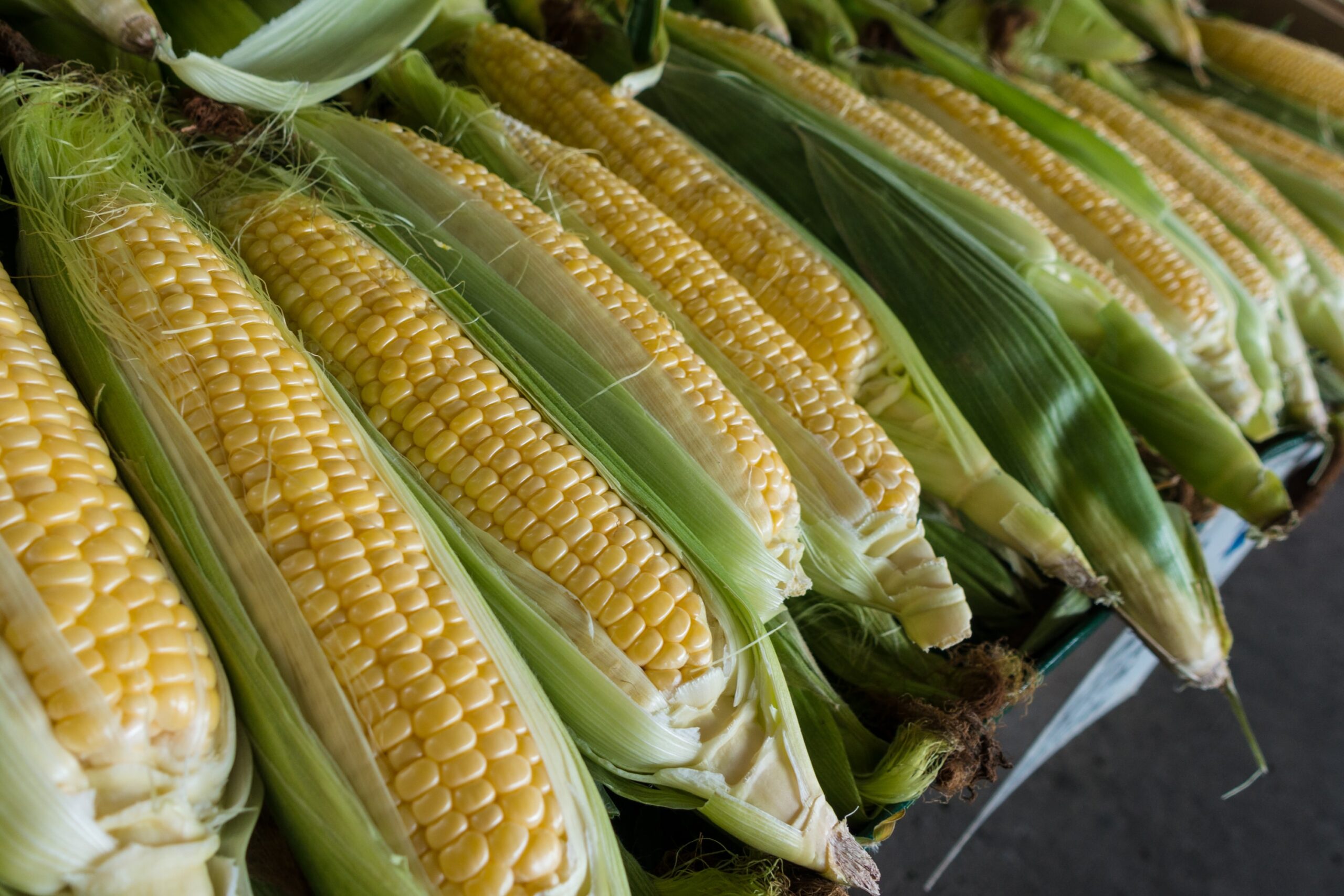
Genetic engineering enables us to be specific. We can target the 1-2 genes we know we can alter safely without having unintended, potentially detrimental, effects on the integrity of the crop and the environment.
While GMOs have the potential to stabilize and secure our safe food supply, they also have the ability to bring much-needed medicine and nutrients to populations and locations that otherwise wouldn’t receive them. Check out what Norman Borlaug did.
I love reading ‘The Kid Who Changed the World’ to my children. It is a book about Dr. Borlaug’s (and a few other names you might recognize) life and the far-reaching influence of single act in a moment of time.
All that to say: I have very little problem with people wanting to consume a specific type of product, but marketing for the sake of profit by exploiting peoples’ lack of knowledge and consumption of fear- to the detriment of industry and livelihood- is wrong. That is what bothers me.
I am for consistent labeling of products that are regulated and informative. People deserve to know what they are consuming. I am not for labeling that is determined by and turning profits for a biased 3rd party organization.
Genetically Modified and Engineered Organisms have a place and need to maintain that place, in our food supply. They can offer stability and protection when other forms of production fail or underperform.
And kudos to Vegans (I am friends with several). If you don’t want to eat meat, don’t.
Animal proteins are the safest, healthiest, and most readily used type of protein for the human body.
As someone who raises animals for meat production and is surrounded by others who do, I know how we care for our animals. It is with the care and respect they deserve. We cry and curse when an animal loses their offspring, we treat our animals when they are sick, we shelter and feed them, and we talk to them – they are very good listeners.
There are populations who need and rely on GMOs and animal protein because other sources are unavailable or too expensive.
People cannot let their privilege of choice (#firstworldproblems) get in the way of someone’s need to survive by forcing a way of life on them.
Example: Protesting livestock production, forcing farms out of business or a community, shaming families for raising their own livestock or consuming meat, reducing access to a safe and healthy animal protein supply, or side-eyeing a parent in the grocery store because they put regular waffles in their cart instead of the ‘Non-GMO’-Whole Wheat-Vegan ones like you.
Some have the privilege of choice in this world. A majority do not.
Do not shame those people or take their choice, possibly their only option, away from them.
Again, you may make the choices you feel are best for you. I just ask that you be sure you are educated properly on subjects before you speak on them and in turn preach on them. You can never know all of the consequences of your speech and action.
No one should ever be made to feel ashamed for the choices they make in providing for their families in ways that are safe and affordable for them.
I have a responsibility to protect life. One way I do that is by continuing to use the best practices to produce and maintain a safe, healthy, and affordable food supply. I will do that with research-based science and education, along with the use of GMO’s, GE products and animal proteins.
You are in heaven and are allowed one question to the following people. I want to know your question for:
God: What can I do for your people?
- Then I would know my purpose
Jesus: How can I bring people to you so they can experience your love?
Noah: How did you recognize the voice of God and ignore the people who thought you were crazy?
- I get wrapped up in what people may think, I’m working on it though and I feel Noah would have some advice.
Jonah: How can I trust in the bigger picture of God’s purpose, even though I can’t see it?
- I always feel too concerned with the result of something I do instead of trusting in the action.
David: How can I become humble and listen to the advice of those around me who have my best interests at heart?
- Again, I get stuck in my head. There are so many wise people around me. Ask and listen self!
Mary mother of Jesus: How did Jesus prepare you to watch Him suffer?
- As a mother, we suffer every day because of our children. It could be in recognizing them growing up, watching them move away, seeing their choices, or the simple but profound pain of love for them. I want to be strong in so many ways for my children.
Martha: Did you find the balance you needed in your life, how?
- Every person ever. It is hard to know when to sit and listen and when to ‘do’ and it can be hard to stop the do-ing. I’m cheating, sneaking two parts into these.
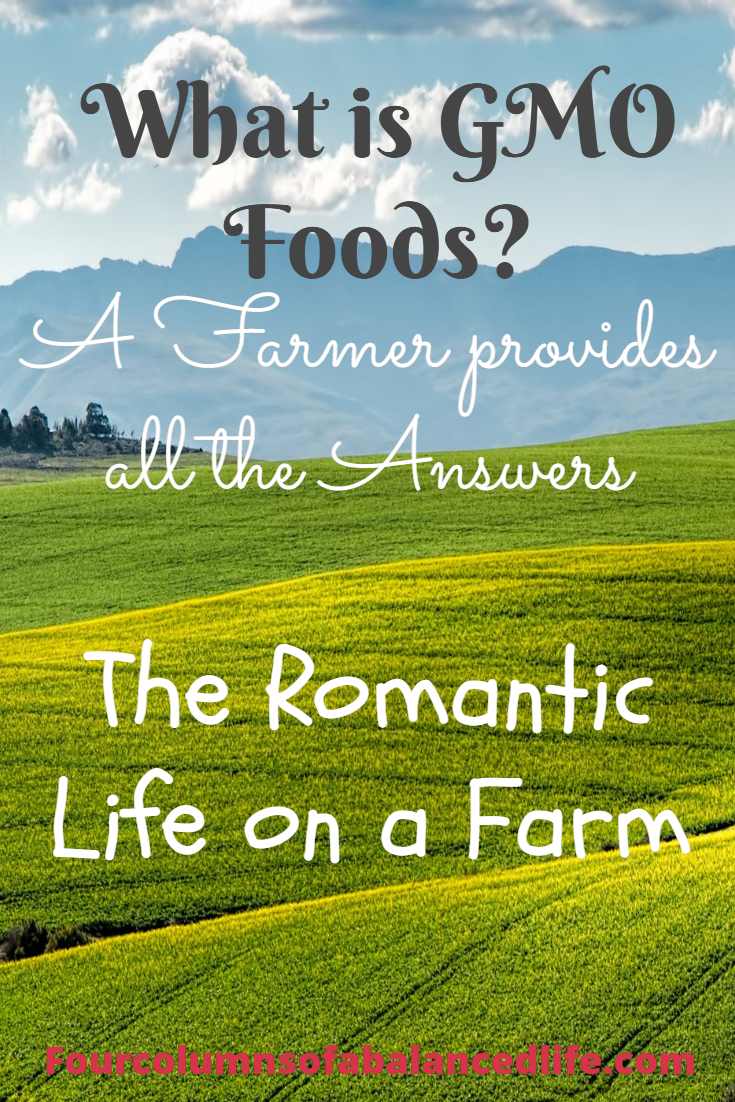
Photo Credit: Timothy Eberly netamental.wordpress.com/2012/02/ Wai Siew Nadine Shaabana Andre Ouellet Allef Vinicius

